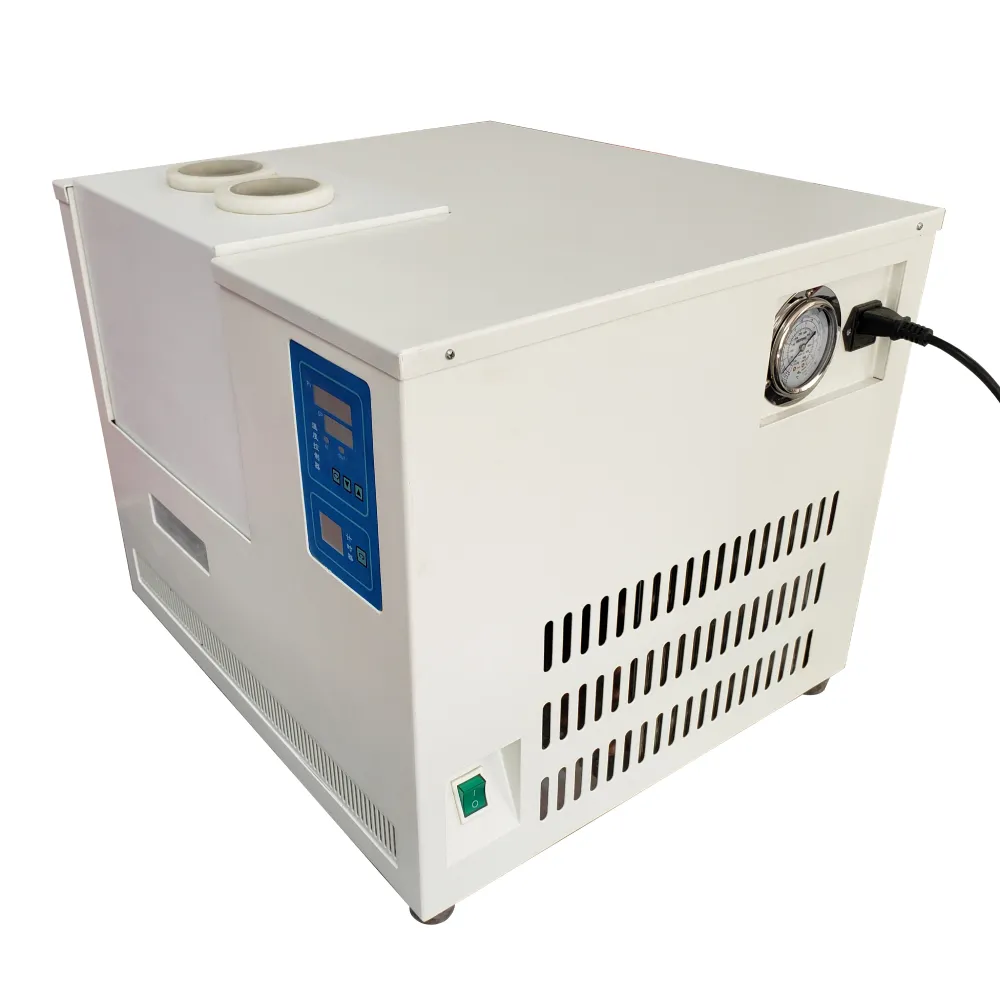 English
English


short circuit impedance transformer
Understanding Short Circuit Impedance in Transformers
Transformers are essential components in electrical power systems, serving to transfer electrical energy between circuits through electromagnetic induction. A crucial aspect of transformer performance is the concept of short circuit impedance, which plays a vital role in their operation and protection.
What is Short Circuit Impedance?
Short circuit impedance, often denoted as \( Z_{sc} \), represents the opposition that a transformer offers to current flow when a short circuit occurs at its secondary winding. It combines both the resistive and reactive components of impedance, impacting the fault current magnitude during short circuit conditions. In simpler terms, it provides a measure of how much current can flow during a fault based on the transformer's design and construction.
Importance of Short Circuit Impedance
1. Calculating Fault Currents The short circuit impedance is critical in determining the fault current that will flow through the transformer during a fault condition. High impedance limits the short circuit current, leading to a more manageable situation for protective devices, whereas low impedance may result in excessive fault currents that can damage equipment.
2. Design Considerations Engineers must accurately calculate and select transformers with appropriate short circuit impedances to ensure system reliability. This involves considering various factors, including the transformer's voltage rating, turns ratio, and physical design.
short circuit impedance transformer

3. Protection Schemes Short circuit impedance directly affects the setting of protection devices such as circuit breakers and fuses. Properly configured protective devices based on expected fault currents help in minimizing damage and improving system safety.
4. System Stability The short circuit impedance influences the overall stability of the power system. Transformers with low short circuit impedance can contribute to oscillatory behaviors under certain fault conditions. Conversely, higher impedance transformers can enhance system stability by limiting fault currents and reducing the potential for cascading failures.
Calculation of Short Circuit Impedance
To calculate short circuit impedance, the transformer is typically shorted on the secondary side while measuring the voltage and current on the primary side. The measurable values help derive the impedance using Ohm’s Law \( Z = \frac{V}{I} \), where \( V \) is the applied primary voltage and \( I \) is the resulting primary current. This calculated impedance is expressed as a percentage of the base or rated impedance, referred to as the percentage impedance (%Z).
Conclusion
Understanding short circuit impedance is vital for anyone involved in transformer design, operation, and maintenance. This parameter not only affects the performance and safety of electrical systems but also plays a significant role in ensuring the longevity of electrical equipment. Correctly assessing and managing short circuit impedance can prevent potential hazards and enhance the efficacy of power distribution networks, making transformers a cornerstone of reliable electrical infrastructure. Proper training and knowledge of this concept are essential for electrical engineers and technicians who strive to maintain robust and efficient power systems.
-
Differences between open cup flash point tester and closed cup flash point testerNewsOct.31,2024
-
The Reliable Load Tap ChangerNewsOct.23,2024
-
The Essential Guide to Hipot TestersNewsOct.23,2024
-
The Digital Insulation TesterNewsOct.23,2024
-
The Best Earth Loop Impedance Tester for SaleNewsOct.23,2024
-
Tan Delta Tester--The Essential Tool for Electrical Insulation TestingNewsOct.23,2024





